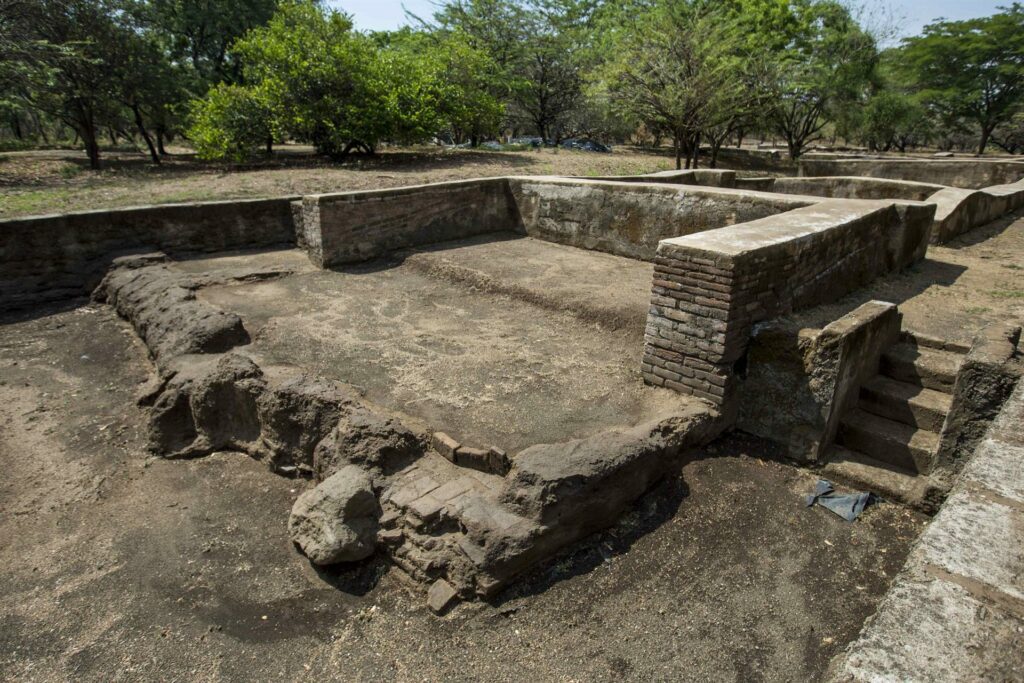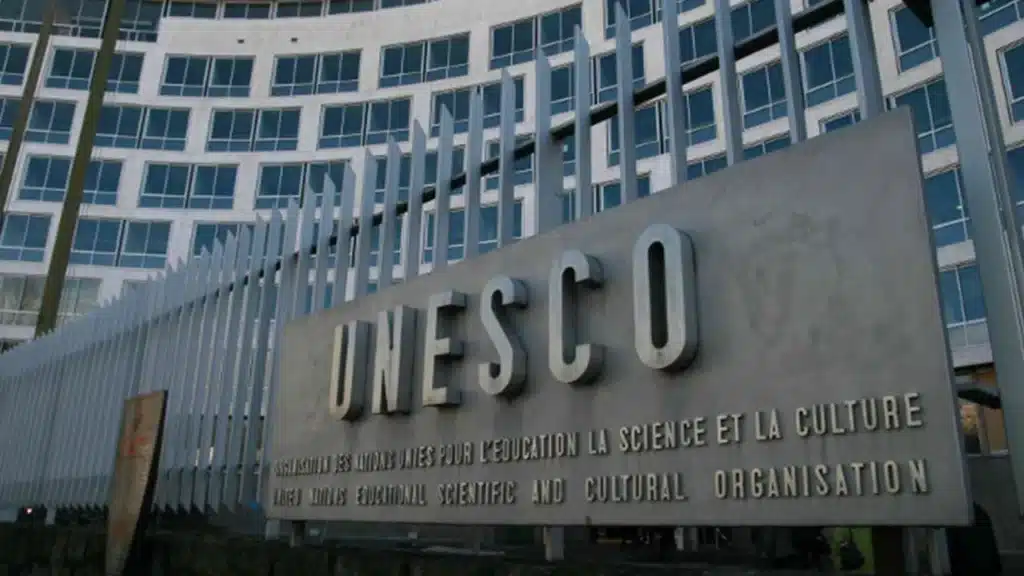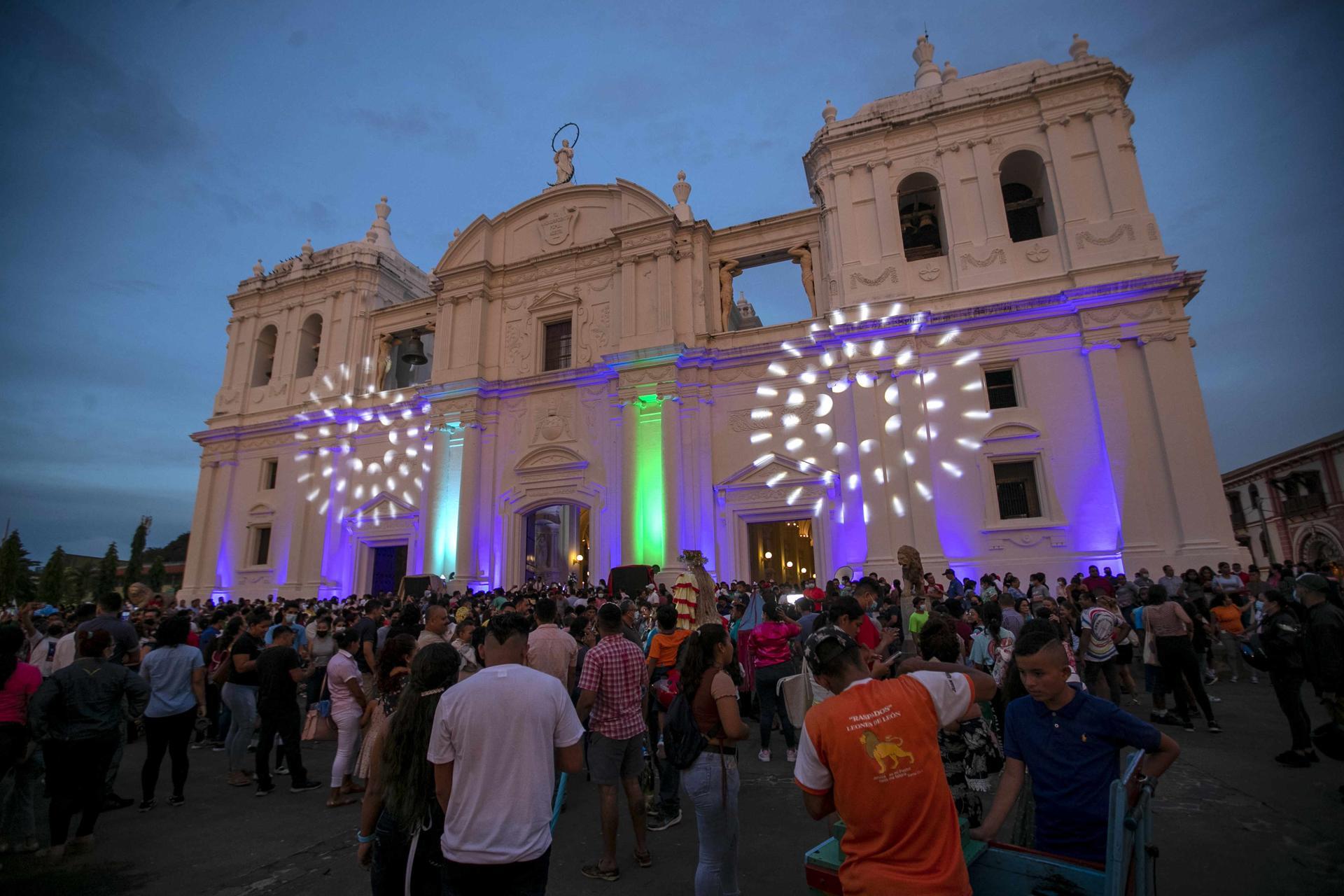The Ortega regime announced Nicaragua’s withdrawal from the United Nations Educational, Scientific and Cultural Organization (UNESCO) on May 4. But the move does not release the country from its international cultural obligations. The organization itself confirmed to DIVERGENTES that Nicaragua’s withdrawal, ordered by the Sandinista dictatorship of Daniel Ortega and Rosario Murillo, does not automatically end the country’s responsibilities under major global cultural conventions, such as the World Heritage Convention or the Convention for the Safeguarding of Intangible Cultural Heritage.
This means that even if Nicaragua exits the organization, its authorities remain legally obligated to protect and preserve the sites already recognized by UNESCO for their historical, architectural, and symbolic value.
“This means that Nicaraguan sites inscribed on the World Heritage List could continue to benefit from the legal protections of the Convention, and Nicaraguan authorities would still be required to safeguard and maintain those sites,” the organization said in response to a direct inquiry from DIVERGENTES. In other words, Nicaragua is still legally bound to preserve its heritage sites.
However, once the withdrawal takes effect on December 31, 2026, Nicaragua will lose direct access to technical support, resources, and international visibility provided by UNESCO to help safeguard both tangible and intangible heritage within the country.
This leaves Nicaragua’s few internationally recognized sites—such as the León Cathedral, listed in 2011 for its architectural significance and seismic resilience, and the Ruins of León Viejo, declared in 2000 for their historical and archaeological value—in a vulnerable position. They are accompanied by cultural expressions like El Güegüense and Palo de Mayo, both protected under the Convention for the Safeguarding of Intangible Cultural Heritage.
Risk of neglect

While these recognitions remain in place, Nicaragua’s withdrawal reduces oversight, technical cooperation, and access to funding for preservation and conservation. The full responsibility now falls on Nicaraguan authorities, whose track record in cultural management has been overshadowed by the dismantling of independent institutions and the use of culture as a tool of state propaganda.
“The government has no real interest in preserving these assets. Without UNESCO’s support, they could begin to deteriorate and be neglected,” warned academic Ernesto Medina in a previous interview with DIVERGENTES. The threat isn’t just the lack of resources, but also a clear absence of political will to meet international standards.
Rosario Murillo, the regime’s spokesperson and self-proclaimed “promoter of national culture,” dismissed UNESCO’s role in safeguarding cultural heritage. “Culture isn’t defined by overpaid bureaucratic and technocratic organizations… it is created by us, through our joys, our sorrows, and our suffering,” she declared on May 5 during her midday propaganda broadcast.
Without UNESCO’s technical guidance, diplomatic backing, and evaluation mechanisms, experts warn that Nicaragua’s cultural heritage is increasingly vulnerable to political manipulation and underfunding, driven more by propaganda needs than preservation criteria.
“In the cultural sector, Nicaragua will no longer benefit from most of UNESCO’s regional initiatives aimed at safeguarding cultural heritage and supporting artists and creative industries,” the organization stated in its communication with DIVERGENTES.
Withdrawal impacts more than just cultural heritage

UNESCO confirmed that Nicaragua’s departure from the organization will severely reduce its access to many sources of international support and cooperation in education, science, culture, information, and communication.
“UNESCO coordinates global efforts to ensure access to quality education for all. To this end, the organization contributes its expertise, as well as human and financial resources, to help countries improve their education systems, curricula, and teacher training,” the international body explained.
However, the decision could still be reversed. UNESCO told DIVERGENTES that Nicaragua has until December 31, 2026 to revoke its withdrawal. So far, though, the government has shown no signs of reversing course or demonstrating a genuine commitment to preserving the assets that still connect it to the international community.
For a country with limited resources and an increasingly authoritarian government closed off to external scrutiny, abandoning global cultural cooperation mechanisms represents not only an institutional setback—but a historic one.
UNESCO noted that, like other Central American countries, Nicaragua had benefited from programs focused on strengthening education in rural and vulnerable areas. With this withdrawal, ongoing activities will be interrupted, and the country will lose access to new initiatives and cooperation funds.
As Nicaragua isolates, the region moves forward
In the cultural sphere, the organization said Nicaragua will stop participating in most regional initiatives focused on heritage protection, support for artists, and development of the creative industries. However, UNESCO clarified that as long as Nicaragua remains a State Party to the 1972 World Heritage Convention, it can still nominate new sites for the list.
While Nicaragua stagnates in its institutional isolation, UNESCO confirmed it will continue working actively with the rest of Central America. The regional office maintains key initiatives such as the Latin American Laboratory for the Assessment of Education Quality, the Student Mobility Monitoring Framework, and the Ibero-American Network for Inclusive Education.
The organization also contributes to the protection of cross-border biosphere reserves, such as the La Amistad International Park (between Costa Rica and Panama) and the Trifinio Fraternidad Reserve (shared by El Salvador, Guatemala, and Honduras)—environmental and cultural cooperation spaces that Nicaragua now risks being excluded from.





